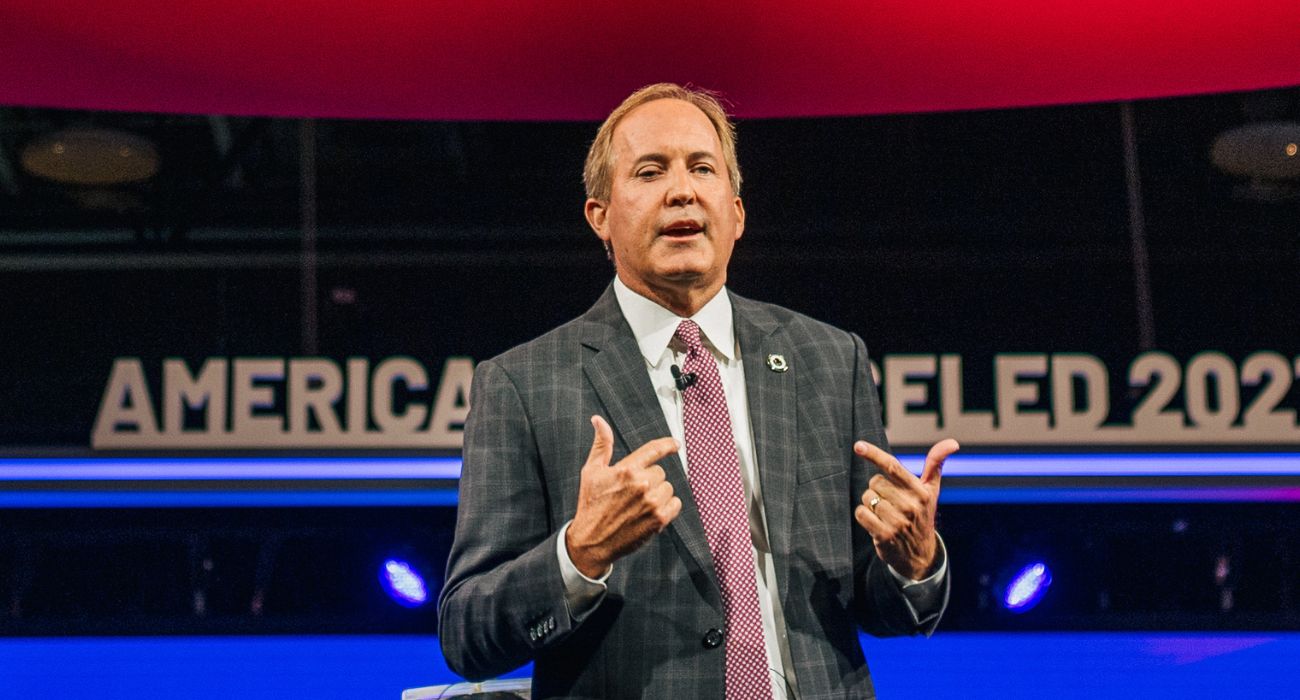As experts learn more about the monkeypox virus, healthcare professionals state that the virus is primarily spreading through sexual contact among men. Still, anyone can contract the virus.
According to the World Health Organization (WHO), there are currently approximately 200 confirmed and suspected cases globally.
The outbreak is gaining steam throughout North America and Europe. Officials predict a larger influx of confirmed cases in the next several days as medical professionals learn more about what to look for and the symptoms.
The initial symptoms of monkeypox include lethargy, muscle aches, back pain, fever, and headache. These symptoms then progress to a visible rash on the hands, feet, face, and genitals, eventually transitioning to raised bumps that can blister, most closely resembling chickenpox.
The disease has an incubation period of about 21 days, making it more challenging to implement contact tracing, and it can last for two to four months.
It has only been 10 days since the first cases, two confirmed and one suspected, were reported in the UK. The cases are the first that the virus has been spotted outside Africa this year. Canada has reported at least five confirmed or suspected cases.
Dr. Rosamund Lewis of the WHO said this is the first time the agency has confirmed so many cases on a widespread basis.
The agency held a virtual emergency meeting over the weekend to identify those most likely to contract the virus.
While monkeypox is not a sexually transmitted disease — diseases typically transferred through semen and vaginal fluids, according to WHO officials — the most recent rise in cases appears to have been spread among men who have sexual contact with other men. Still, the WHO emphasizes that anyone can become infected with monkeypox.
“Many diseases can be spread through sexual contact. You could get a cough or a cold through sexual contact, but it doesn’t mean that it’s a sexually transmitted disease,” said Andy Seale, who directs the WHO on HIV, hepatitis, and other sexually transmitted infections.
The virus enters the body through the eyes, nose, mouth, respiratory tract, or broken skin.
Monkeypox can also be spread through respiratory droplets. However, because the virus cannot travel more than a few feet, this type of transmission requires prolonged close contact.
In an interview, Dr. Scott Gottlieb told CNBC that the virus can live outside the human host on other surfaces for a “lengthy” amount of time.
The U.S. Centers for Disease Control and Prevention (CDC) states that monkeypox can kill 1 in 10 people who develop the disease, based on observations in Africa.
According to the CDC, monkeypox is triggered by a virus that is in the same family as smallpox but not as severe.
WHO officials noted the vaccination used to prevent smallpox was roughly 85% effective in protecting against monkeypox in an observational study conducted in Africa.
Dr. Jennifer McQuiston, a CDC official, said the United States possesses a stockpile of 100 million doses of an older generation vaccine called ACAM2000, which the Food and Drug Administration licenses for patients at high risk of smallpox.
The vaccine can have substantial side effects, and any decision to use it extensively would require careful consideration, she said.
Jynneos, an FDA-approved vaccination for people aged 18 and over who are at high risk of monkeypox or smallpox, is also available in the United States. It is given in two shots and does not possess the same likelihood of serious adverse effects.
As the vaccine manufacturer ramps up production, McQuiston expects the number of doses available to rise quickly in the following weeks.






